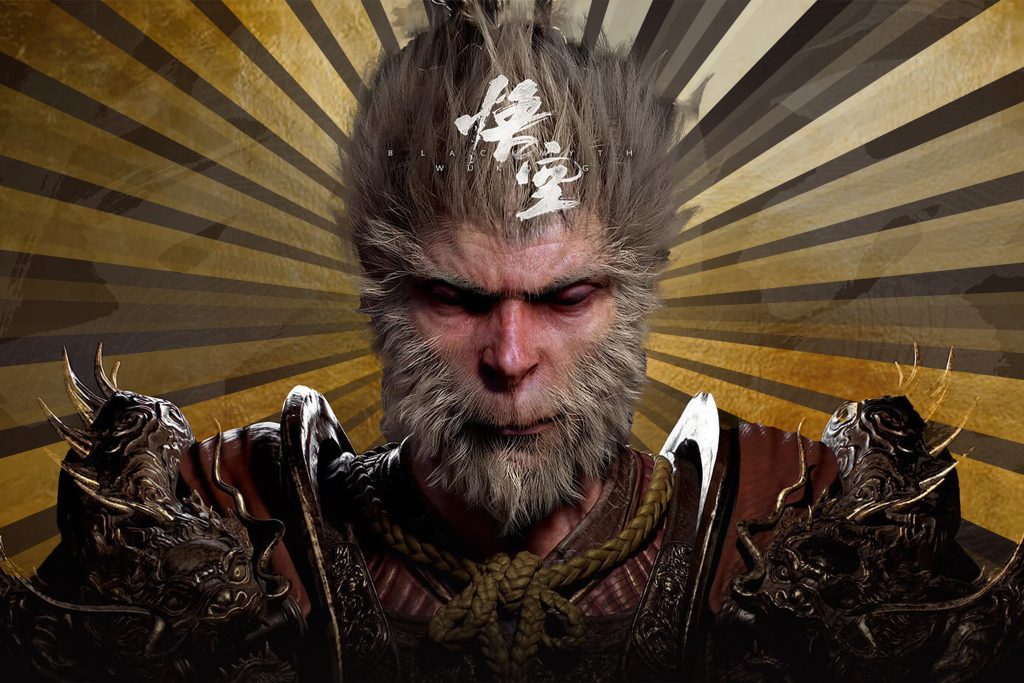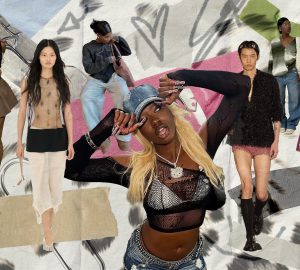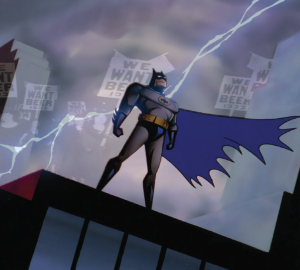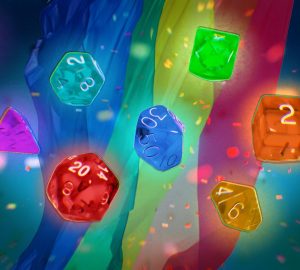
Every December, the gaming community ends the year with The Game Awards. It becomes a hub to celebrate gaming content creators, new releases, and our favorites of the year. Started by gaming journalist, Geoff Keighley, in 2014, the award show has withstood a generation of modern gaming, but the coveted Game of the Year Award has stuck there through it all. Titles like Dragon Age, The Legend of Zelda, and Elden Ring have previously won the award, all of them illustrating the ups and downs and varying interests in the industry. I would argue that no game would fit in quite as perfectly as Black Myth: Wukong.
In a wider landscape of content and games that are not memorable, Wukong’s ambitious creativity is refreshing. The entertainment industry has become full of movies, TV shows, and games that are produced quickly for a quick profit. With recycled IPs, remakes, and underwhelming products, entertainment has lost its fervor, lost its desire to push beyond the boundaries.
Amidst labor strikes fighting back against companies desperate to replace workers with AI and exploit their wages, we’re seeing the pendulum swing back. Actors, writers, and animators are demanding better for themselves, hopefully curbing the industry from losing its soul forever. We’ve seen marvels like Spider-Man: Across the Spider-Verse come out from the rubble. A movie that utilized German Expressionism, was a 2D, 3D hybrid, and an overall exceptional feat of animation. In a sea of Disney lookalikes and sequels from the animation industry, many sat in awe, watching an American film that for once opted for quality over quantity.
Black Myth: Wukong brings a similar vitality back to the gaming industry. This a story that has existed for 500 years originally dubbed “Journey to the West”. Over the past forty years, it’s been continuously remade into a television show in China and inspired one of the most popular animes in the world, Dragon Ball. Now the Chinese company, Game Science, has brought the myth worldwide in this game that centers The Monkey King, Wukong’s predecessor, the chosen one, and his journey of self-actualization. For this amount of depth and intention to detail, Black Myth: Wukong deserves to be Game of the Year.
Poetry In Motion
Despite its slightly lower critical score, content creators and the entire internet have praised the game. It has a satisfying gameplay system, allowing the player to create a build of abilities. Along your journey as you gain more ability points, you level up, increasing your individual power and the strength of your weapon, a humble wooden staff. You get the opportunity of lightning abilities, a creepy spider staff, invisibility, and hardening.
The game also involves a unique mechanic of transformations. The Monkey King, Sun Wukong, long had the ability to transform into different animals or creatures. As “the chosen one” traverses the lands his predecessor once walked, he encounters enemies who once he slays, he has the chance to transform into and utilize their powers temporarily. This ranges from alien spore creatures to a blacksmith bear, which the player can weaponize within battle.
Wukong also expands on a more user-friendly version of the boss-run meta. It has long been dominated by the company, From Software, which created titles like Elden Ring, Sekiro, and Dark Souls. These franchises have become well known for their extreme difficulty, and Wukong offers an alternative for gamers who want to play a similar game but may not be at that skill level yet. The player runs from boss to boss, each varying in difficulty, mechanics, and all of which contribute to the larger world-building of the Chinese Myth. Similar to Elden Ring, Wukong features amazing character design, brilliantly creating 113 unique bosses who complement their environment and the overall story.
The game’s best aspect is the six animated cutscenes sprinkled between each chapter. Game Science collaborated with multiple studios including Big Smoke, Green Monster, & Mindo to create these animations. They help illustrate the backstory of the characters you encounter, and on a wider scale, we rarely ever see this level of intention and collaboration across studios. Most companies would cringe at the thought of spending more of their budget but Game Science found it necessary to include these stories in the final product. The cutscenes include both 2D and stop motion animation, creating this beautiful mix of different styles along with the game’s 3D graphics. They offer a breather in between successive boss fights to immerse yourself further into this myth with gorgeous visuals.
In every avenue, Black Myth: Wukong, doesn’t cut corners. It’s refreshing to see a piece of art that is allowed to fully live up to its potential. In a sea, of entertainment that skimps out on detail and intention or opts to remake old IP instead of bringing in new ideas, works like Wukong deserve to be celebrated. It represents society’s yearning for good art. More and more of us are rejecting the idea of AI or cutting control and uplifting humanity’s never ending potential to make great art. Wukong represents that shift and hopefully our future.


























